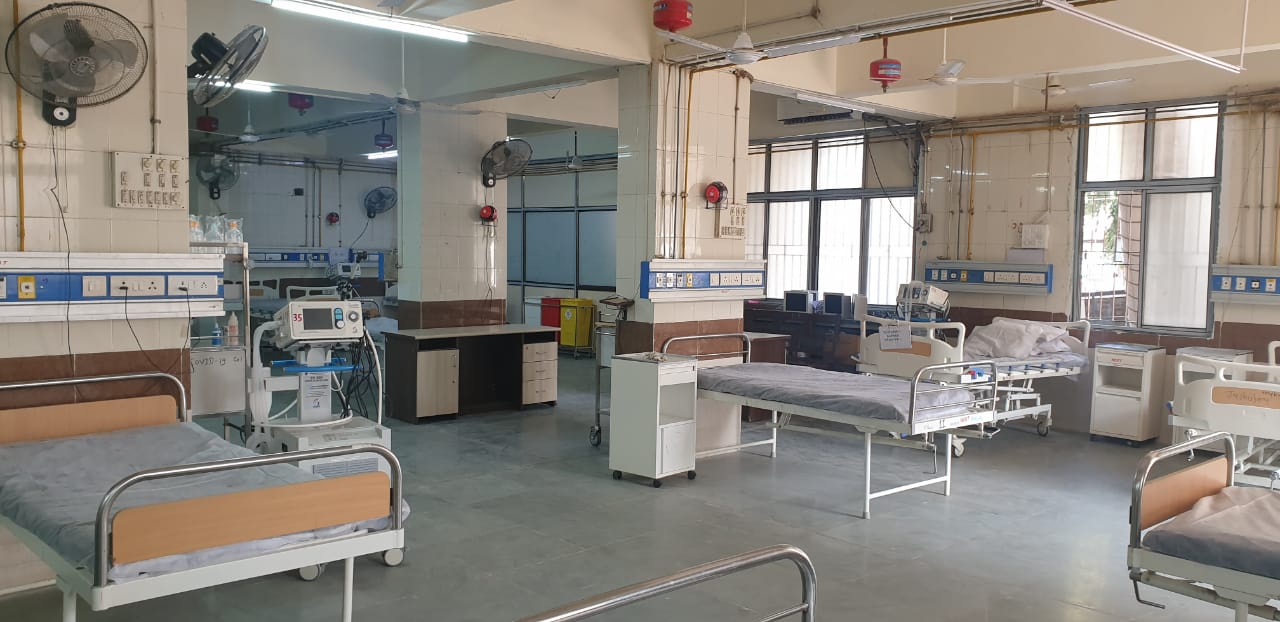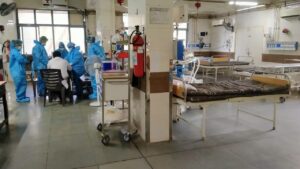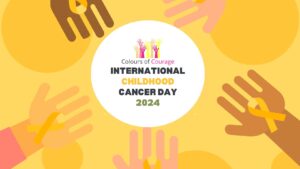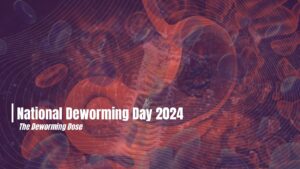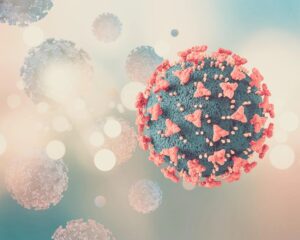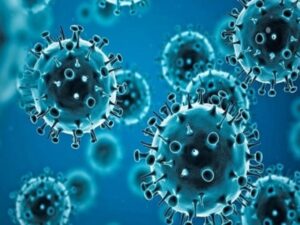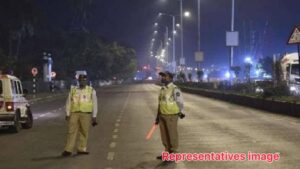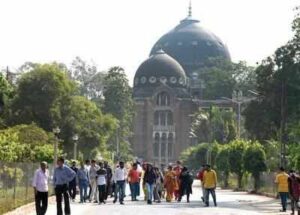Triage is the process of determining the priority of patients’ treatments by the severity of their condition or likelihood of recovery with and without treatment. Under the guidance of Special Duty Officer and Education Secretary Dr. Vinod Rao, The COVID Triage facility was initiated at Sayaji Hospital in October.
According to officials, an estimated 1,650-1,750 patient lives were saved as a result of the facility’s immediate treatment. The administrative nodal officer of COVID treatment at SSG, Dr. O.B. Belim, said, “With this system, patients with suspected symptoms of COVID can be given immediate treatment first. If the patient tests positive, they can be referred to the COVID department and, if negative, to another relevant department for treatment. This arrangement prevents the COVID-negative patient from unnecessarily entering the contagious environment of the COVID ward.”
When the first wave neared its end on October 20, Dr. Vinod Rao set up this facility at SSG. Dr. Belim said, “Initially, it was launched with the facility of five ventilators, five monitors, two oxygen concentrators, 2D fibrillators, and a continuous oxygen supply attached to the oxygen tank. The facility was state-of-the-art and well-equipped from the beginning. He added that, even in the first wave, more than 300 people benefitted from the Triage Facility. In addition to the above facilities, arrangements like specialist doctors, resident doctors, medical officers, nursing staff, nursing assistants, servants, cleaners, security were taken care of at the triage.
The facility, primarily, came into use when there was a rapid rise in the number of cases. Just as the second wave peaked, the administration added the facility of a small ICU to triage in two days. Out of the 22 beds in Triage, 15 beds were converted into ICUs. These 15 beds were equipped with 15 ventilators, 15 monitors, 15 oxygen concentrators, 20 jumbo cylinders, and additional human resources, making it possible to provide urgently needed treatment to critically ill patients. When the flow of patients increased, eight oxygen points were placed in the lobby between the Triage and the OPD, and additional oxygen concentrators were arranged to take care of the treatment. Patients in dire need were given oxygen treatment on stretchers and in chairs. Some patients were kept in Triage for 15 to 20 days and then moved to the ward with oxygen.
The center is equipped with the necessary modern systems of fire fighting and NOC. Currently, the hospital has a comfortable atmosphere as the number of patients has decreased as per VMC’s count.

